The Top 5 Largest Forests by Area in the World
Forests are vital ecosystems that serve as the lungs of our planet, absorbing carbon dioxide, producing oxygen, and housing a vast array of biodiversity. Spread across continents, some forests are so immense that they are integral to Earth’s climate and ecological balance. Here’s a closer look at the Top 5 Largest Forests by Area and their importance to the planet.
1. Amazon Rainforest
- Location: South America (spanning Brazil, Peru, Colombia, and other countries)
- Area: ~5.5 million square kilometers
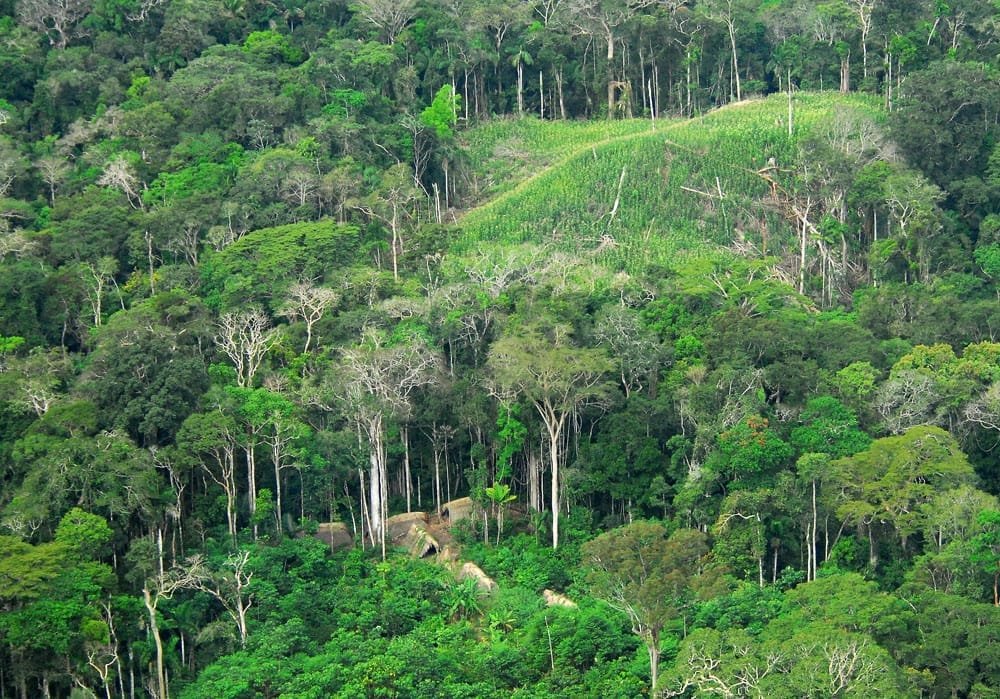
The Amazon is the world’s largest rainforest and is often called the “lungs of the Earth.” Home to millions of plant and animal species, many of which are not found anywhere else, this vast ecosystem also plays a critical role in regulating the global climate. It is a major carbon sink, absorbing vast amounts of CO₂. However, deforestation poses a significant threat to this natural wonder.
2. Congo Rainforest
- Location: Central Africa (mainly in the Democratic Republic of Congo)
- Area: ~3 million square kilometers
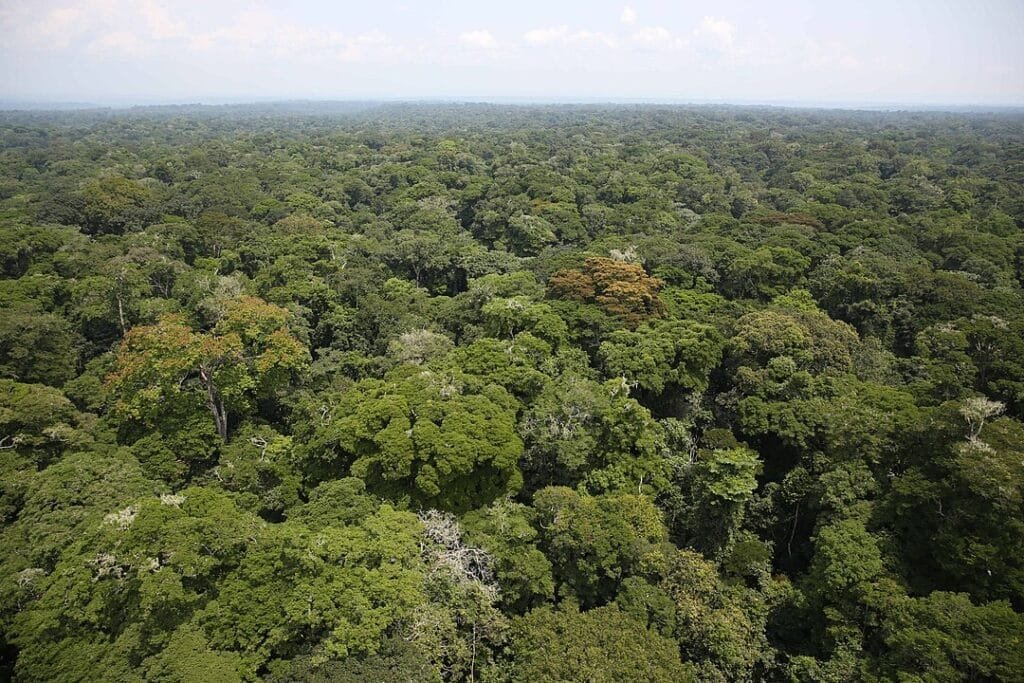
The Congo Rainforest is the second-largest rainforest in the world and the largest in Africa. Known for its biodiversity, it supports unique species like gorillas, forest elephants, and okapis. This forest is essential for the local communities who depend on it for food, medicine, and shelter. Additionally, the Congo basin stores a significant amount of carbon, helping mitigate global warming.
3. Valdivian Temperate Forest
- Location: South America (Chile and Argentina)
- Area: ~250,000 square kilometers
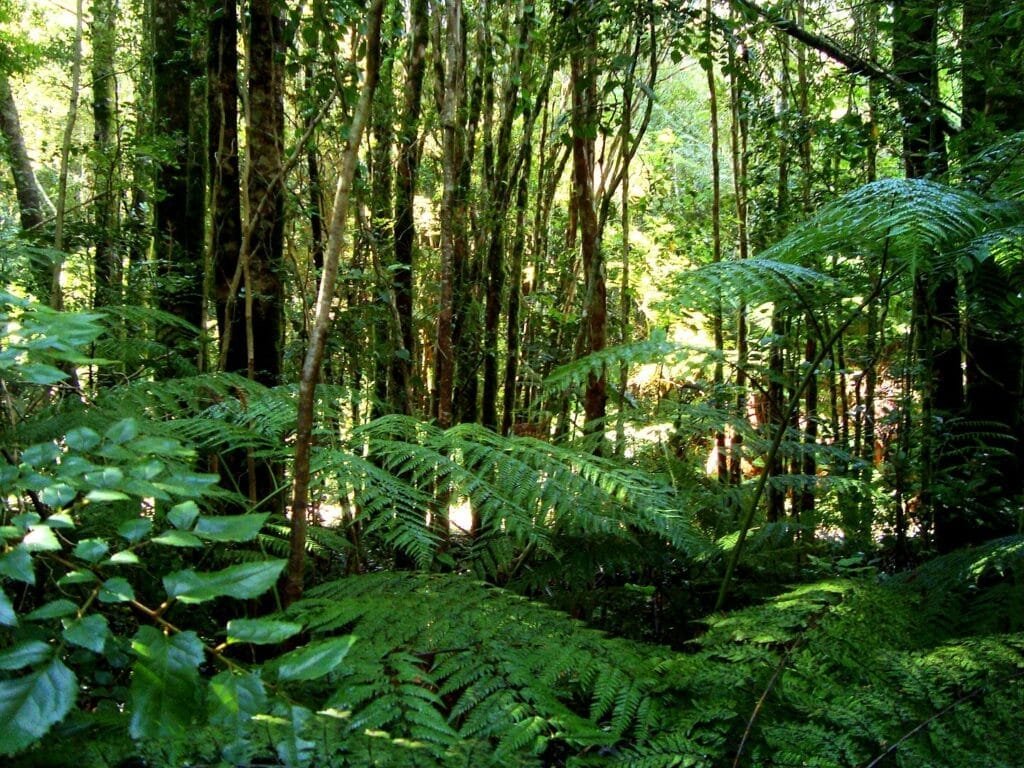
The Valdivian Temperate Forest is a unique ecosystem characterized by its lush greenery, ancient trees, and high rainfall. Known for species like the Araucaria (monkey puzzle tree) and the Patagonian cypress, this forest is among the most ancient in the world. It is a critical habitat for species like the southern pudu, the world’s smallest deer, and the endangered Darwin’s fox.
4. Taiga Forest
- Location: Northern Hemisphere (spanning Russia, Canada, Scandinavia, and Alaska)
- Area: ~17 million square kilometers
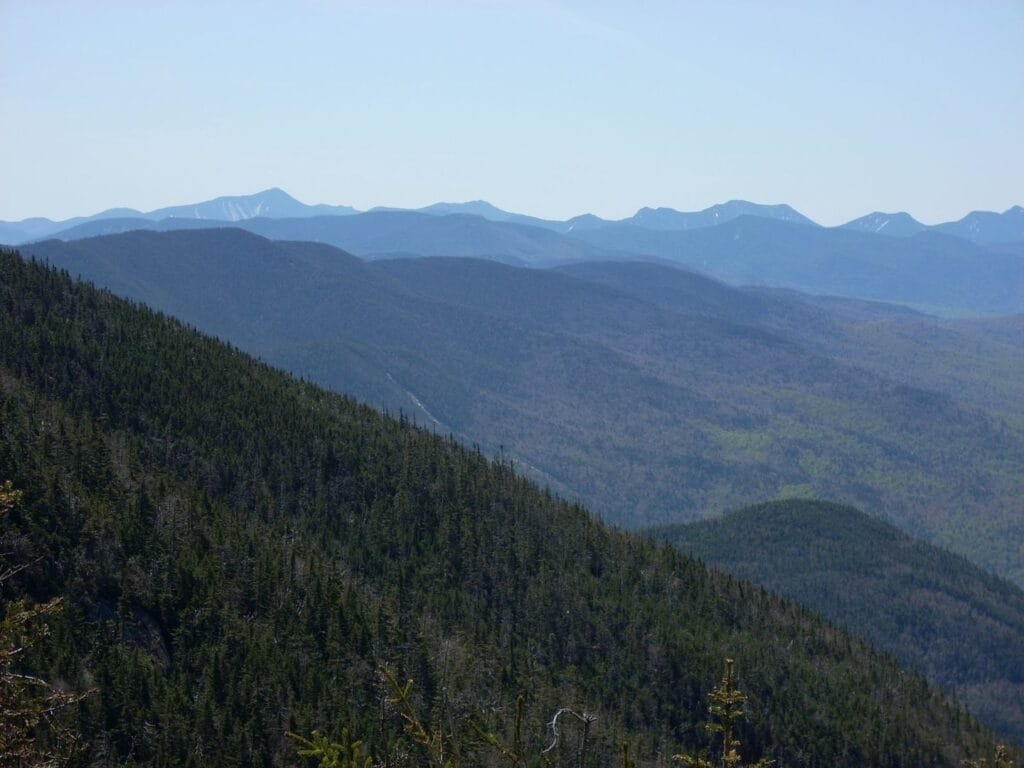
The Taiga, also known as the Boreal Forest, is the largest terrestrial biome on Earth. Stretching across the northern hemisphere, it covers parts of Canada, Russia, and Scandinavia. Despite its cold climate and limited biodiversity compared to tropical rainforests, it serves as a crucial carbon sink. The Taiga is home to hardy species such as spruce, fir, wolves, and moose.
5. Tropical Andes
- Location: South America (primarily along the Andes mountain range)
- Area: ~1.54 million square kilometers
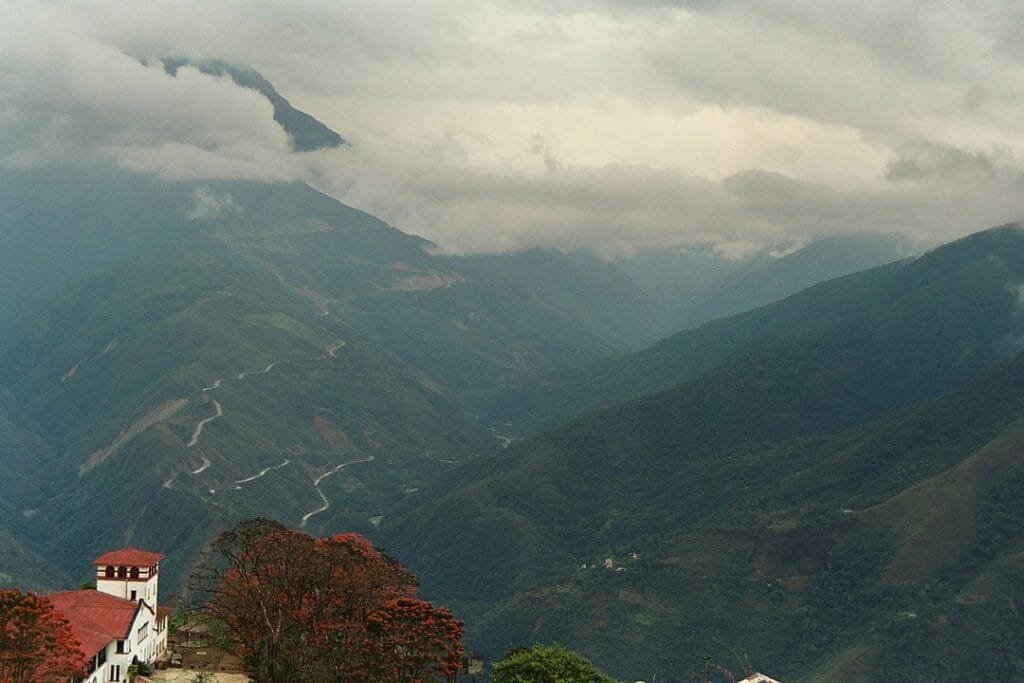
The Tropical Andes is a mountainous forest that boasts extraordinary biodiversity. This region contains thousands of endemic species, particularly orchids, amphibians, and birds. It is a crucial water source, feeding many rivers that support human populations in South America. However, deforestation and climate change are challenges this ecosystem faces.
These vast forests are more than just breathtaking landscapes; they are lifelines for the planet. From regulating the Earth’s temperature to supporting millions of species, their importance cannot be overstated. However, human activities like deforestation, mining, and agriculture pose significant threats. Protecting these forests isn’t just a conservation issue—it’s a necessity for sustaining life on Earth. By preserving these ecosystems, we safeguard not only their inhabitants but also our own future.
What can we do? Simple steps like supporting sustainable products, reducing waste, and advocating for conservation policies can make a difference in preserving these global treasures for generations to come.
For more top 5:
